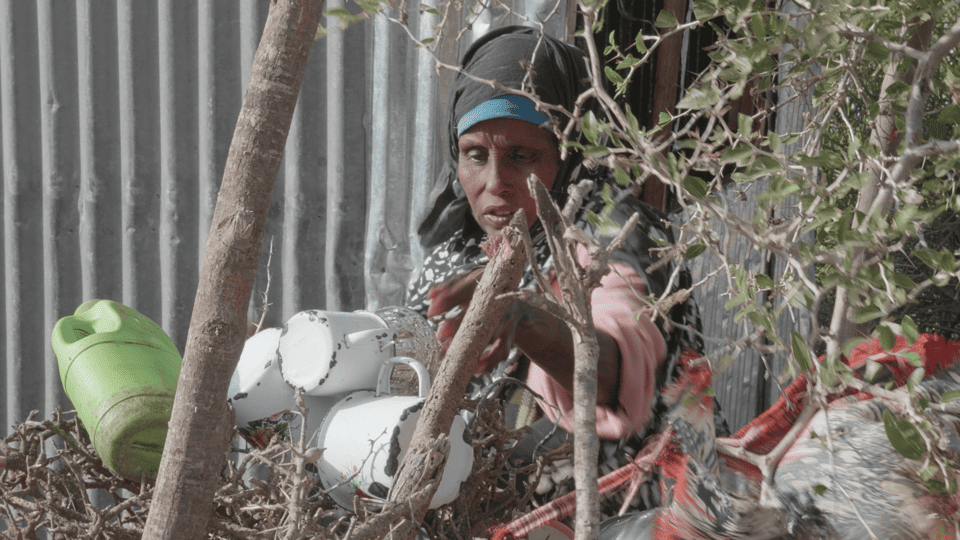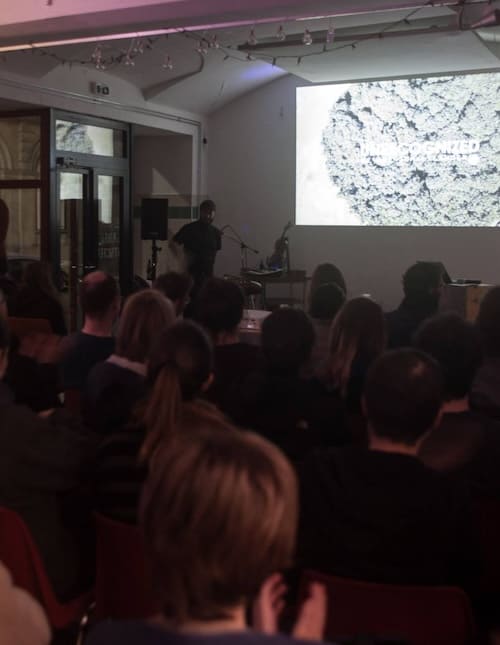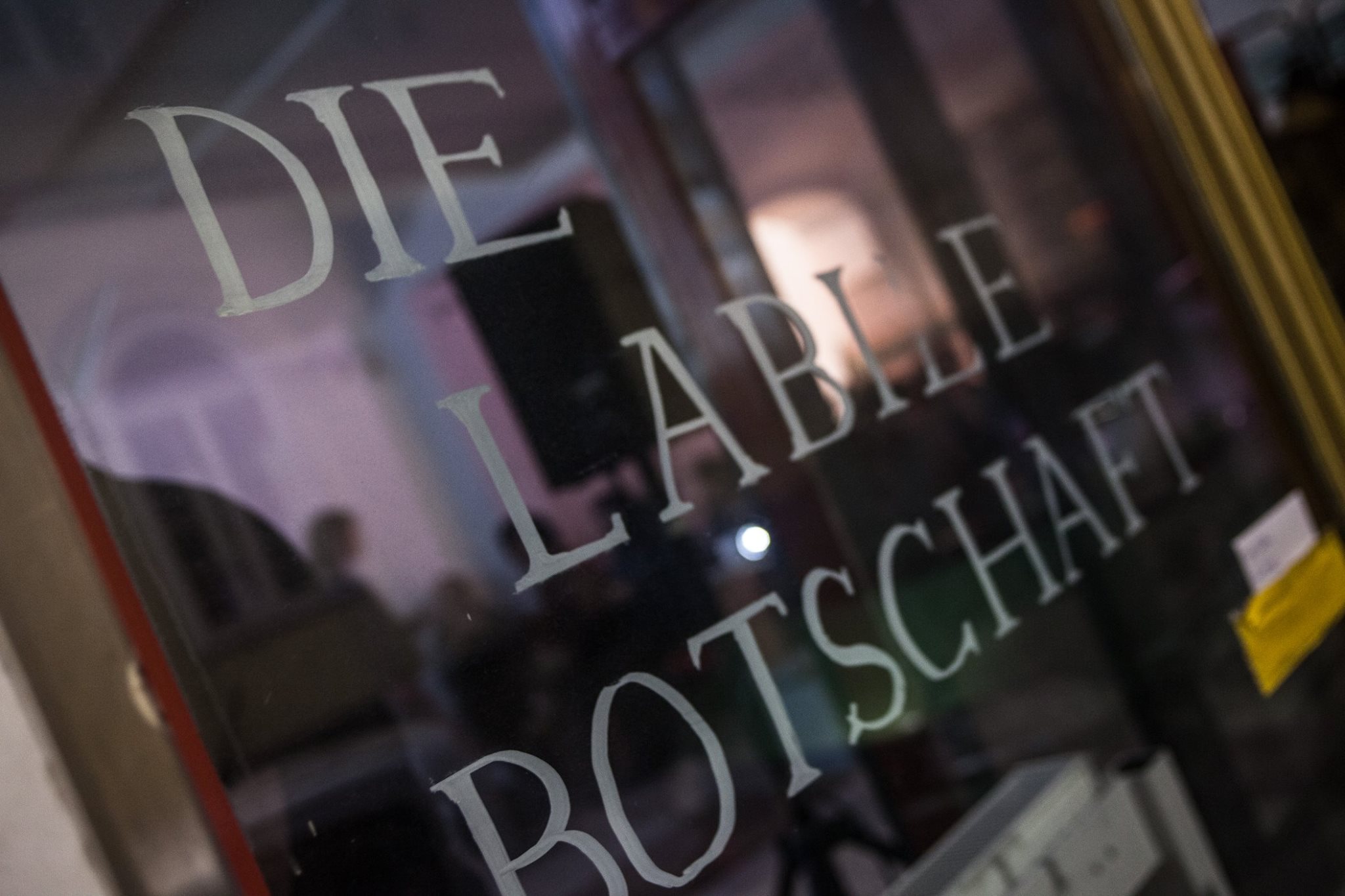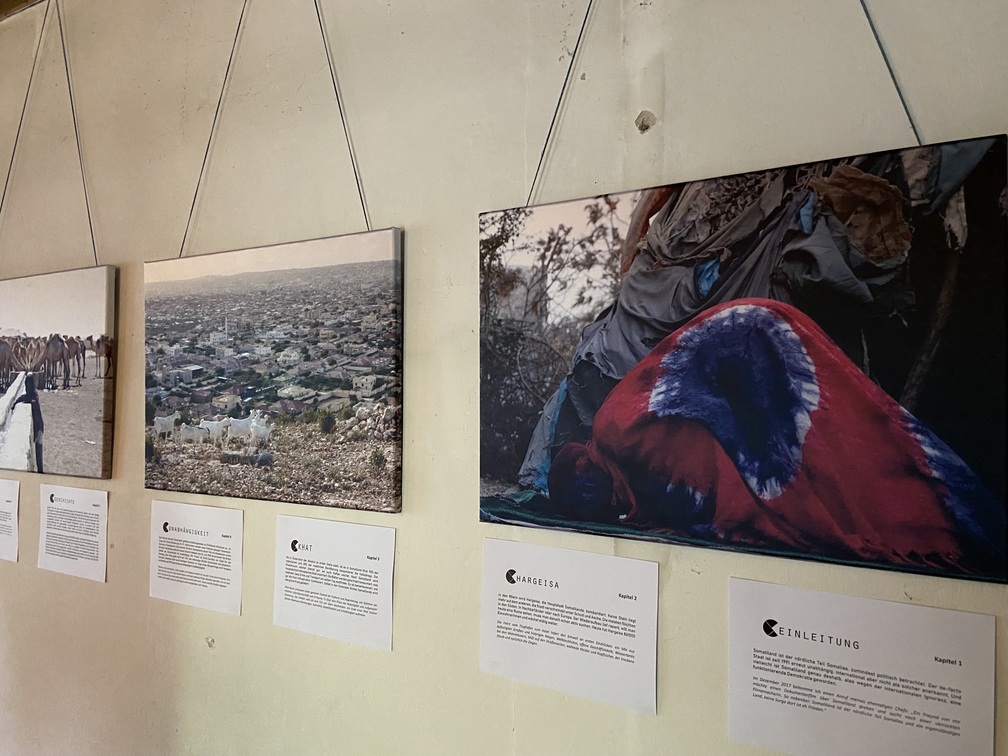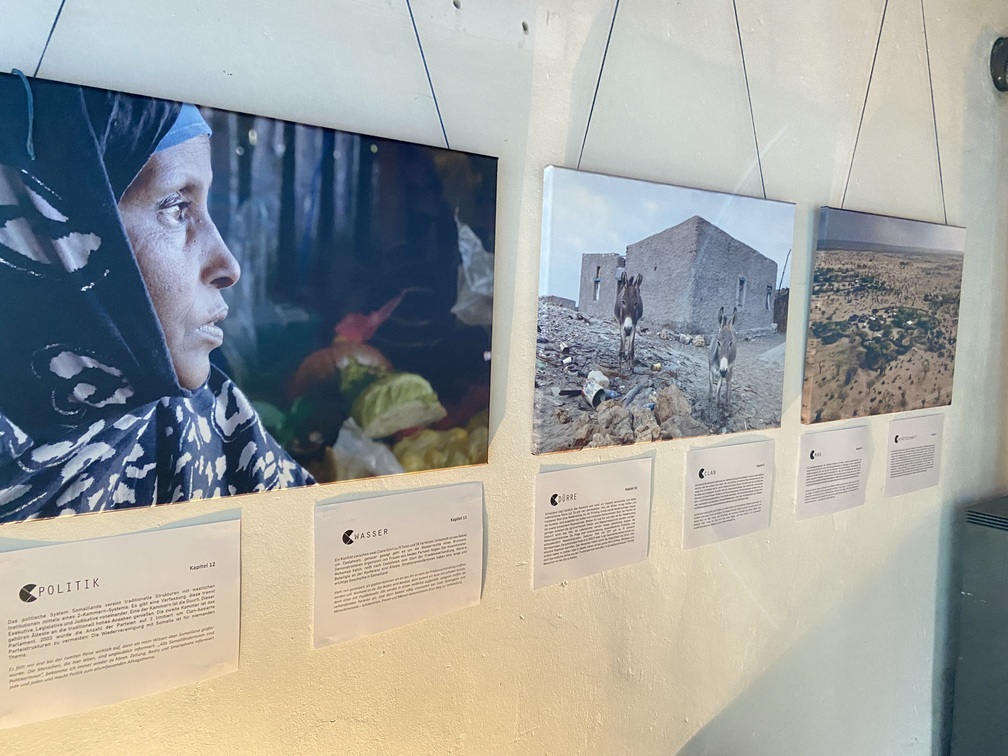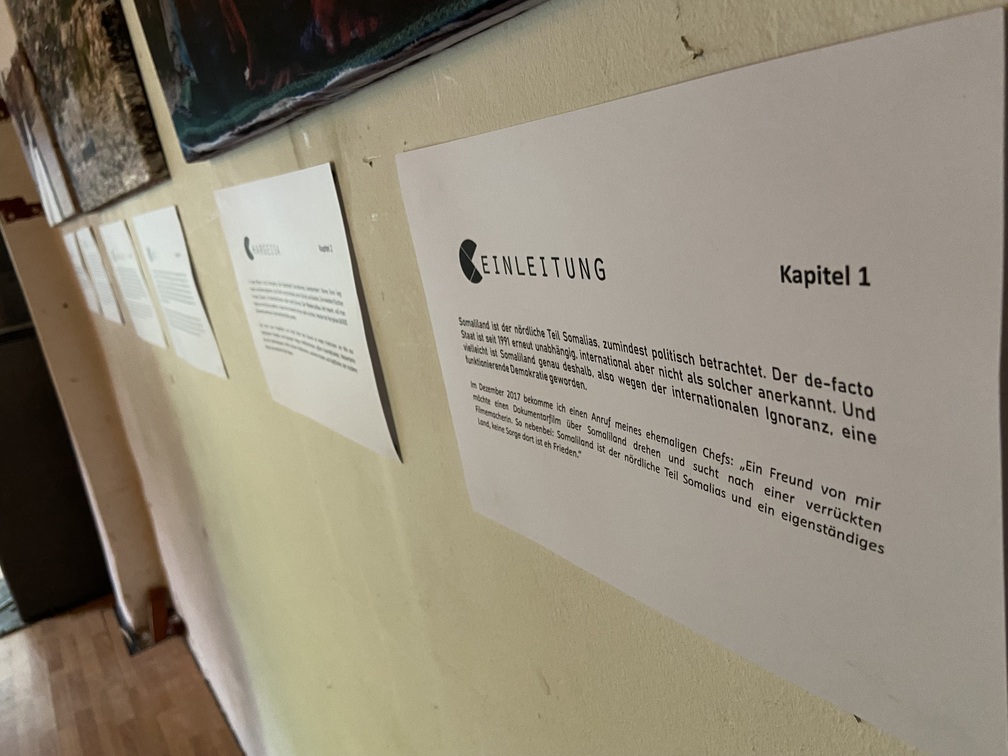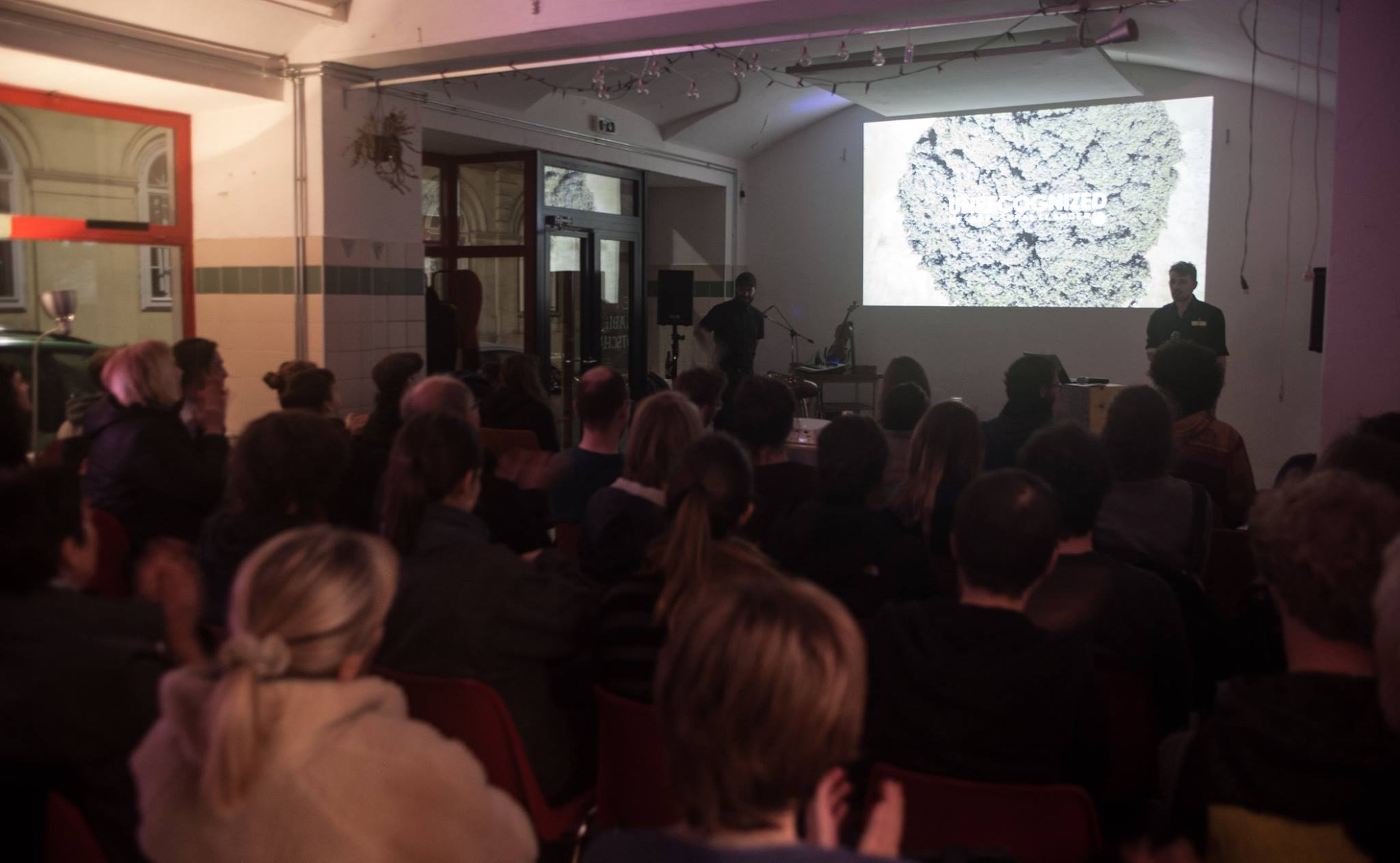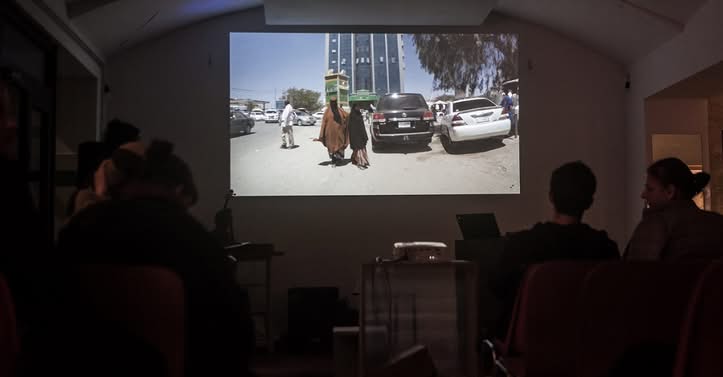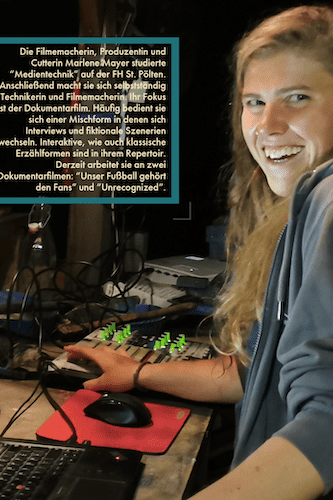The reportage
Chapter 1: Introduction
Somaliland is the northern part of Somalia, at least in political terms. The de facto state has been independent again since 1991, but is not recognized as such internationally. And perhaps this is precisely why Somaliland has become a functioning democracy, i.e. because of international ignorance.
In December 2017, I get a call from my former boss: “A friend of mine wants to make a documentary about Somaliland and is looking for a crazy filmmaker. By the way: Somaliland is the northern part of Somalia and an independent country, don't worry, there's peace there anyway.”

Chapter 2: Hargeysa
In the 80s, Hargeisa, the capital of Somaliland, is bombed. No stone is left standing, the city disappears under rubble and ashes. Most people fled to the south, to neighboring countries or to Europe. Reconstruction was rapid, and if you want to see a ruin today, you have to actively search for it. Today, Hargeisa has 861,000 inhabitants and continues to grow.
The drive from the airport to the hotel provides a flood of first impressions: a mix of paved roads and bumpy paths, corrugated iron hats, open stores, water tanks by the houses, garbage on the sides of the road, flowing clothes and headscarves, the dry dust and, of course, the goats.
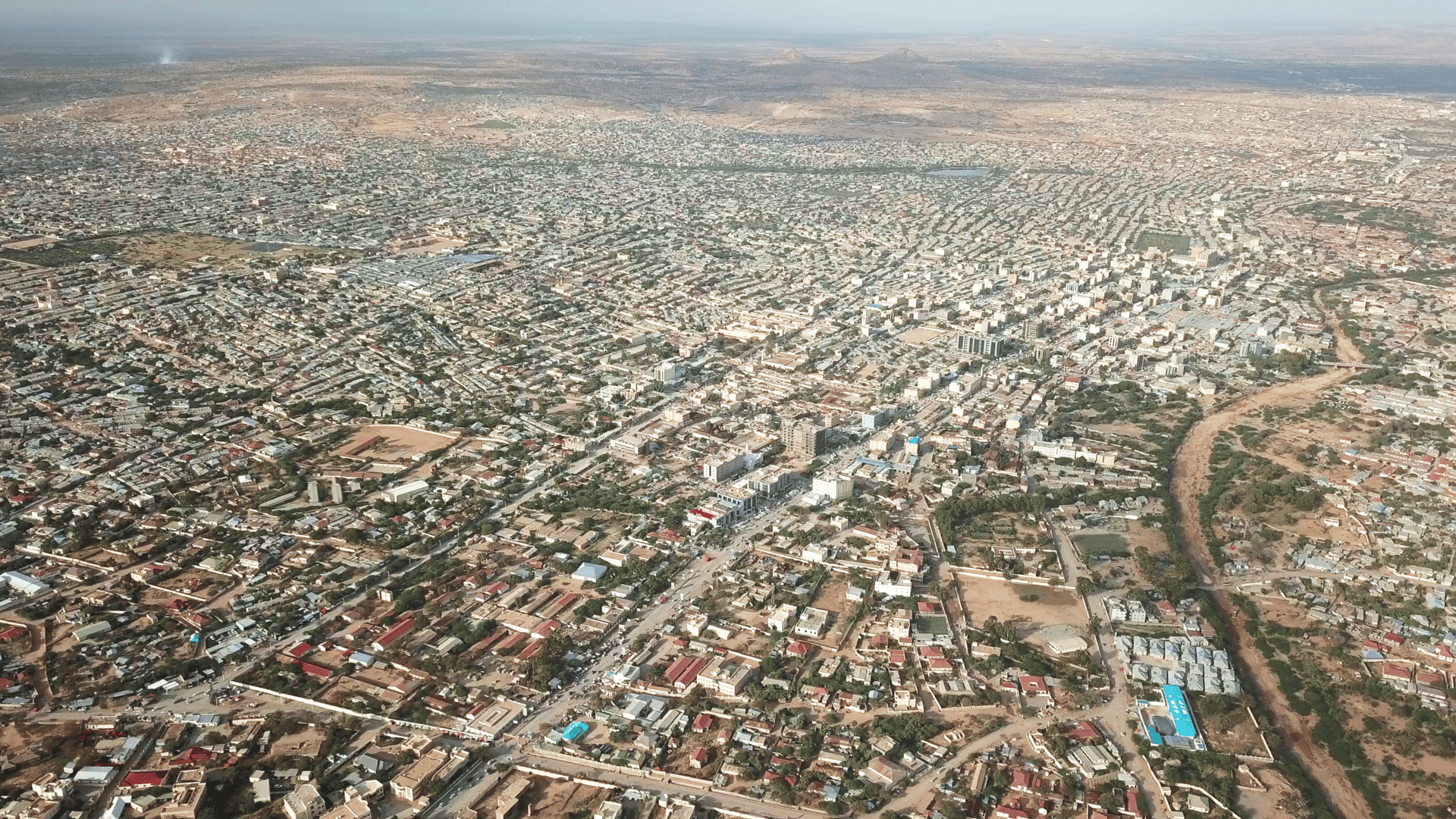
Chapter3: Qat
Where alcohol is the number one drug in Austria, qat is the number one drug in Somaliland. 90% of the male population and 20% of the female population consume this popular drug. The khat bush grows well wherever coffee grows. To Somaliland mainly Ethiopian khat is imported to Somaliland. The leaves are consumed fresh, which means that harvesting and transportation take place on the same day. It is remarkable how well the khat infrastructure works. The green herb is even delivered to the furthest corners of Somaliland.
Qat chewing produces a certain state of euphoria and excitement, with feelings of heightened alertness and arousal. This is followed by a phase of talkativeness and excited mood. Thinking is described as a flood of ideas. At the end of a qat session, depressive moods, irritability, loss of appetite and insomnia may occur.
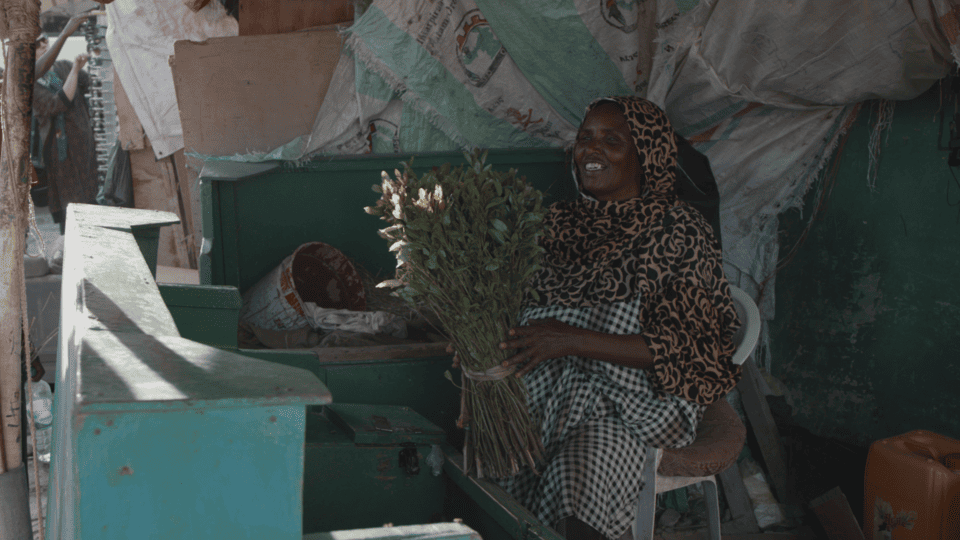
Chapter 4: Independence
It is estimated that around 8 million people belong to the Somali ethnic group (Soomaali). In the course of colonization in the 19th century, new borders were drawn: Italian Somalia, French Somaliland, British Somaliland and part of Absessinia, as well as British East Africa are the new Somali territories. On June 26, 1960, the time has come: the British leave, Somaliland is independent. The dream is Greater Somalia, a state for all Somalis. The plan does not work out. Only the former British Somaliland and Italian Somalia unite to form today's Somalia. In the course of a civil war, Hargeisa is bombed and unilateral independence is achieved in 1991.
Marwo, a farmer not far from Hargeisa, tells me about her escape through Hargeisa. She hid under a tree for three days while planes dropped bombs. When she moves through the town after the war, hardly anyone lives there anymore. Today, however, the streets are lively again and the most important thing is upheld: peace.
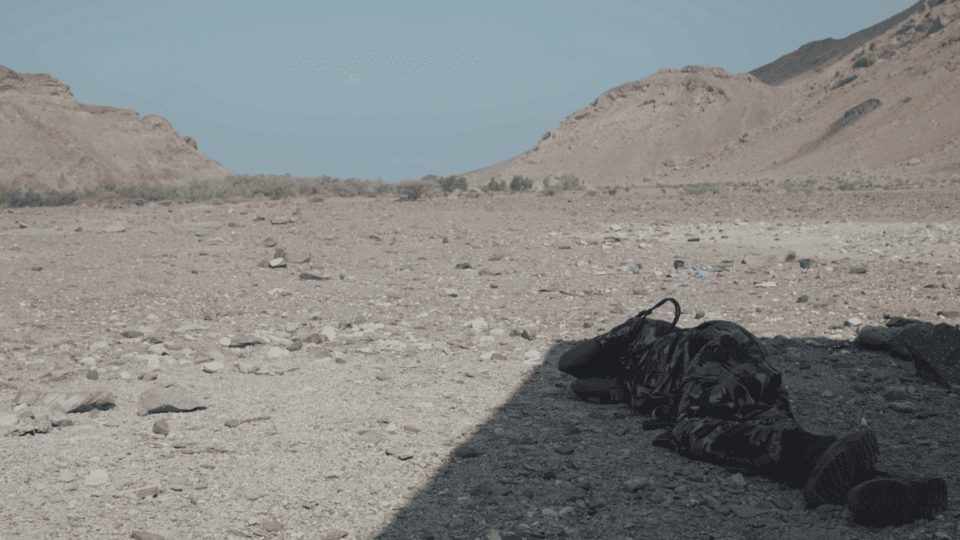
Chapter5: History
As early as 1961, one year after the protectorates were merged, more than 50% of today's Somaliland voted against unification in a referendum, while the majority of central and southern Somalia were in favor of unification - and the situation is still similar today. The idea of a united Greater Somalia remains present. In several wars, attempts are made (in vain) to “reconquer” the Somali regions of Ethiopia. A tax increase with a simultaneous reduction in wages is followed by a mass uprising. The shattered country slowly descends more and more into chaos. Countless new parties emerge. Far from an absolute majority, this leads to an unstable government. Historically, the political chaos culminated on October 15, 1969 when the then president was killed by his own bodyguard. The recognition of a new president is prevented by the army and the Revolutionary Council and the following is announced on Mogadishu radio: “The army has taken power with the help of the police without shedding blood.” A state of emergency is declared, which suspends the constitution and martial law - Siad Barre's dictatorship begins. Several rebel movements join the fight. The SNM (Somali National Movement) finally succeeds in overthrowing the dictator. On 18.5.1991 the unilateral independence of Somaliland is proclaimed.
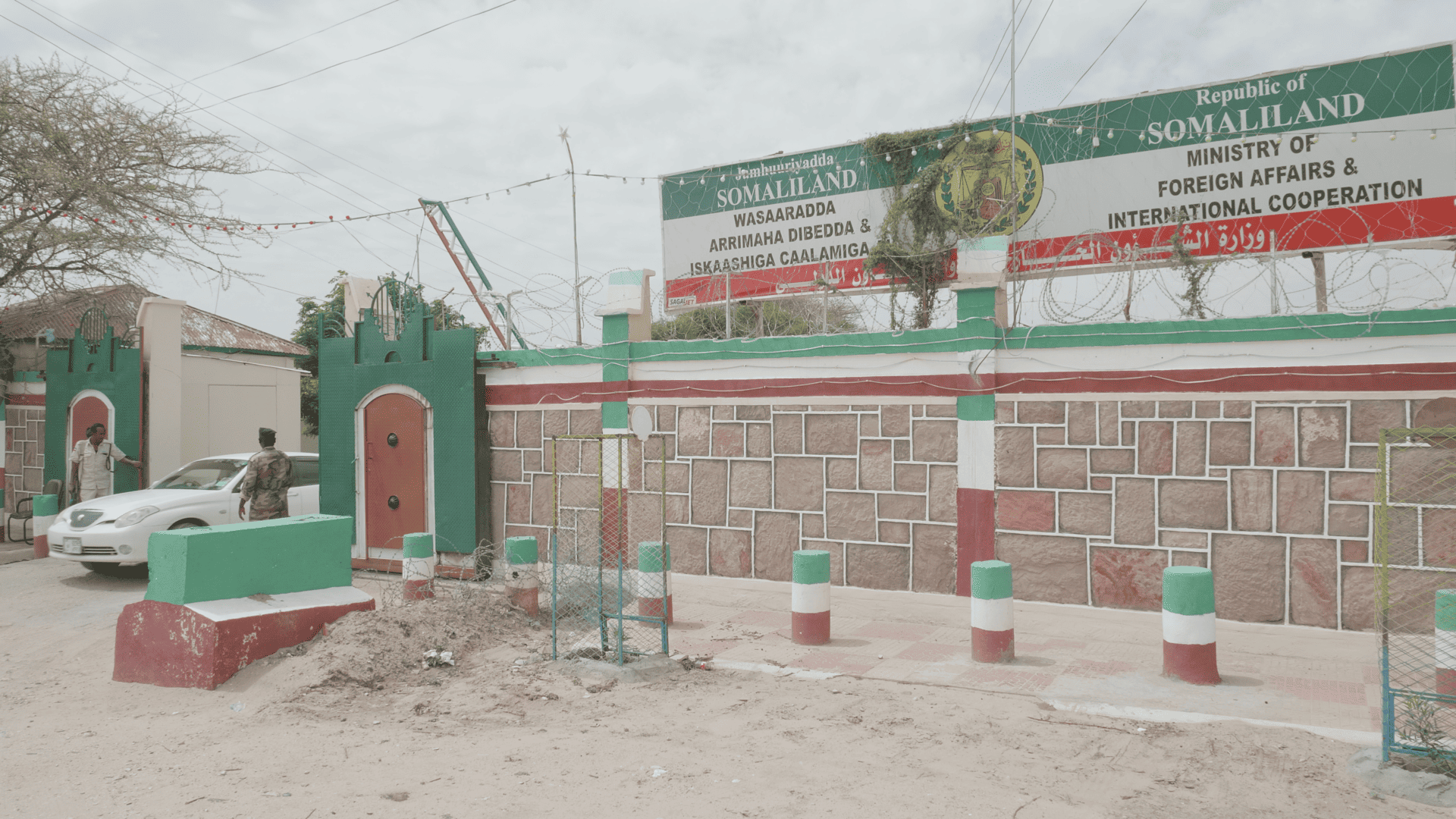
Chapter 6: Islam
Officially, 100% of Somalilanders are Muslims and Muslimas. The majority profess Sunni Islam, but the Sufi order of Salihiyya has also been widespread among nomads and in some villages since the end of the 19th century. Almost all women wear headscarves. Most of them try to lead a life according to Muslim values.
The five prayers also run through our daily structure while we are in the country. And more and more we have the feeling that it makes sense to pray several times a day. Many in the team strictly adhere to the prayer times. We often wait just outside a mosque, sometimes all we have left is the great outdoors. But not everyone prays regularly. Those who don't, relax with us in the shade.
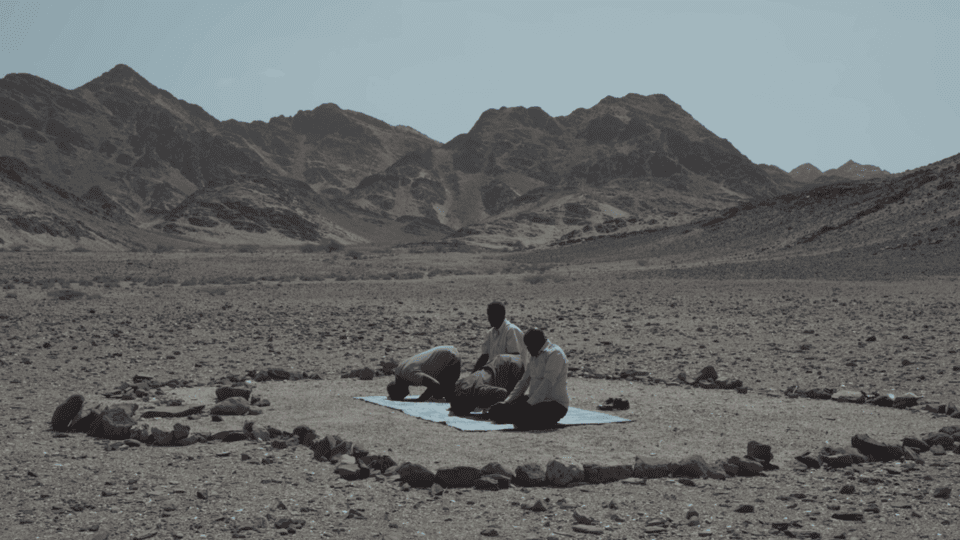
Chapter 7: Economy
The country's economy is based on livestock breeding, livestock trade and money transfers from abroad. Mineral and oil deposits, fishing, forestry and tourism are other resources that are hardly used by the state. In 2008, oil exploration licenses were awarded to international companies. Livestock farming accounts for around 65% of economic output. Although Somailand has 850 km of coastline on the Gulf of Adan, fishing accounts for only 2% of GDP. The main source of income is the export of livestock. Arable farming is only practiced in a few regions:
Drought, flooding and sandstorms. Resources such as acacia and frankincense trees are heavily overexploited. Until 2012, the export of charcoal was one of the main sources of income, but this was banned by the government and the UN in 2012. For many families, payments from the diaspora are the main source of income.
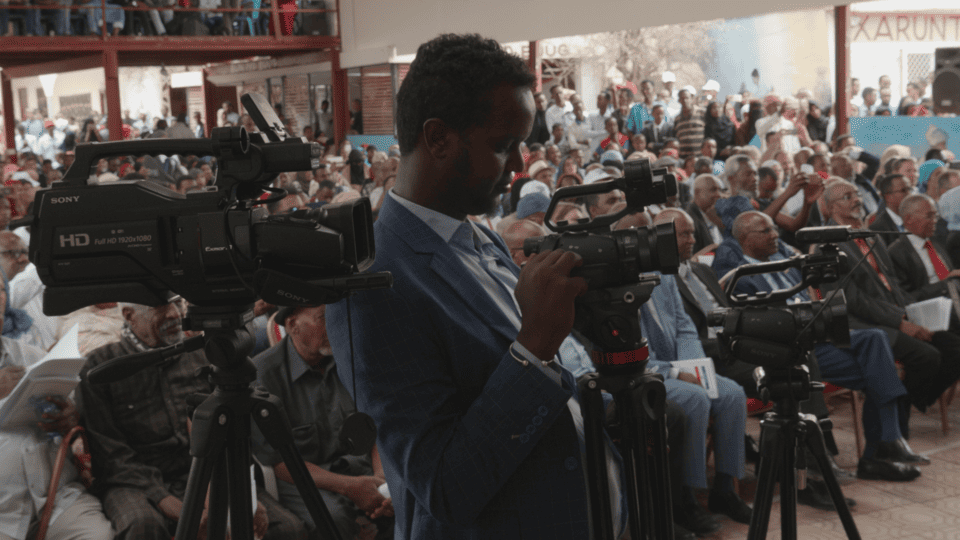
Chapter 8: Mag
The Somali social system is based on clans, which have a patriarchal and hierarchical structure. Clan membership depends on the paternal line of descent, the reer. The reer is in turn part of a larger clan association, which in turn is part of the five to six clan families. The clan is collectively responsible for the actions of its individual members. The responsibility for each other is mainly given by the mag-paying group (jilib). This is an association of 100 to a maximum of 200 households and represents the insurance system of Somaliland, so to speak.
Hamsa is on his way from Hargeisa to Berbera. In the middle of the road, he comes across a herd of goats. He is unable to avoid them and kills 3 of the goats. He stops and the goat herders approach him. Normally they pay 100 dollars in damages for a goat. In conversation, it quickly becomes clear that they come from the same family, the goatherd knows the grandfather, etc., so the accident has no consequences. - so the accident has no consequences.
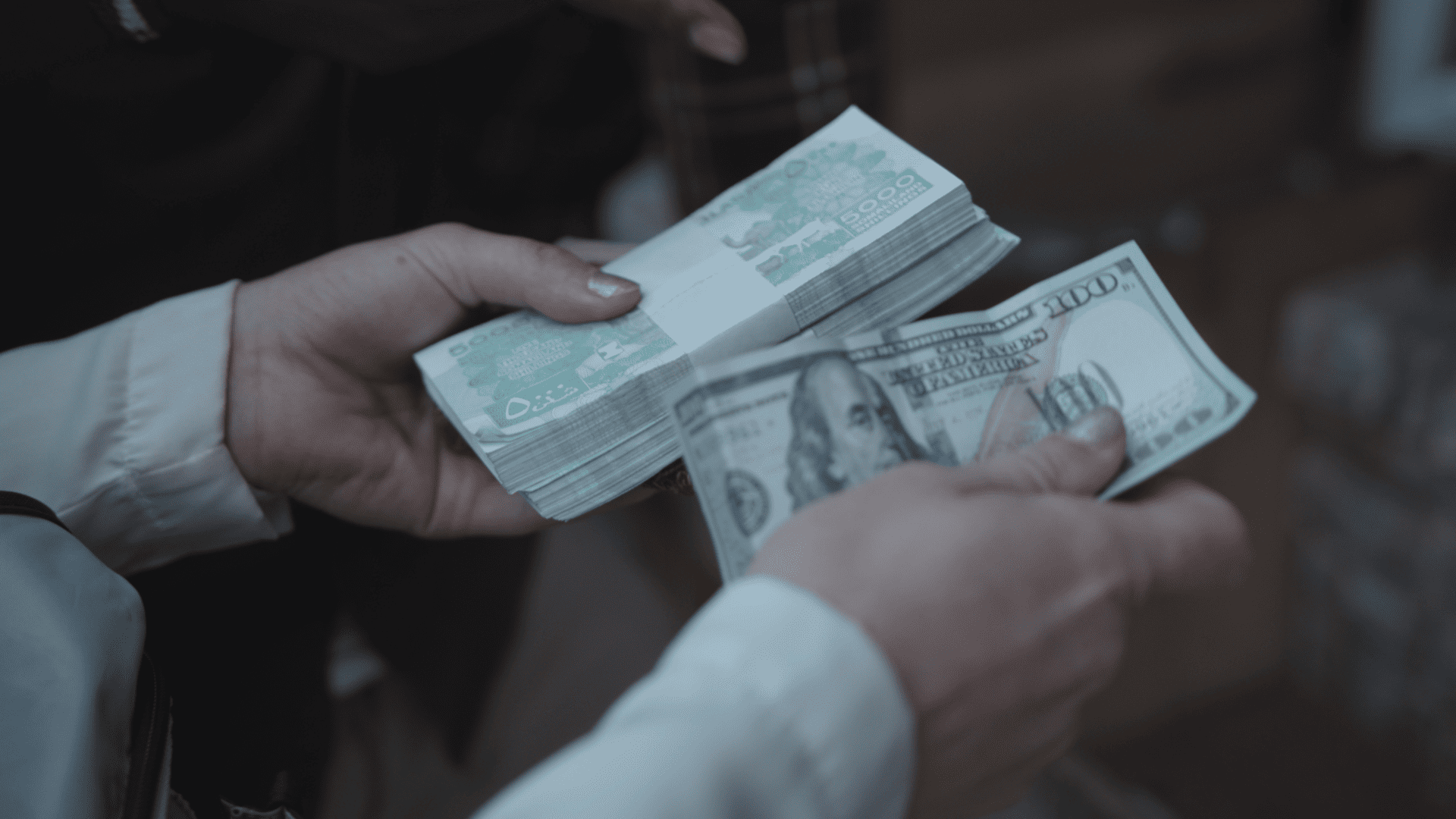
Chapter 9: Clan
And although the Somalis are traditionally a tribal people, there are areas in which the majority of the population belongs to one clan or the other. The largest clan in Somaliland is the Isaaq clan. In the west are the Dir and in the east the Darod. Until recently, the majority of the population lived nomadically. In most cases, an association of several related men live together with their wives, children and animals. Decisions are made by authorities based on age and experience. Migration is based on seasonal and current environmental conditions, the availability of water and pasture, as well as different economic conditions.
On the journey across the country we meet nomads again and again, men are usually on the move with camels, women with goats. Most families have something like a “base”, a small village where old people, women and small children live together with several families. Here are two examples: Tukup, a village at the end of a wadi, and War Cimran, an originally nomadic village that is slowly growing into a town.
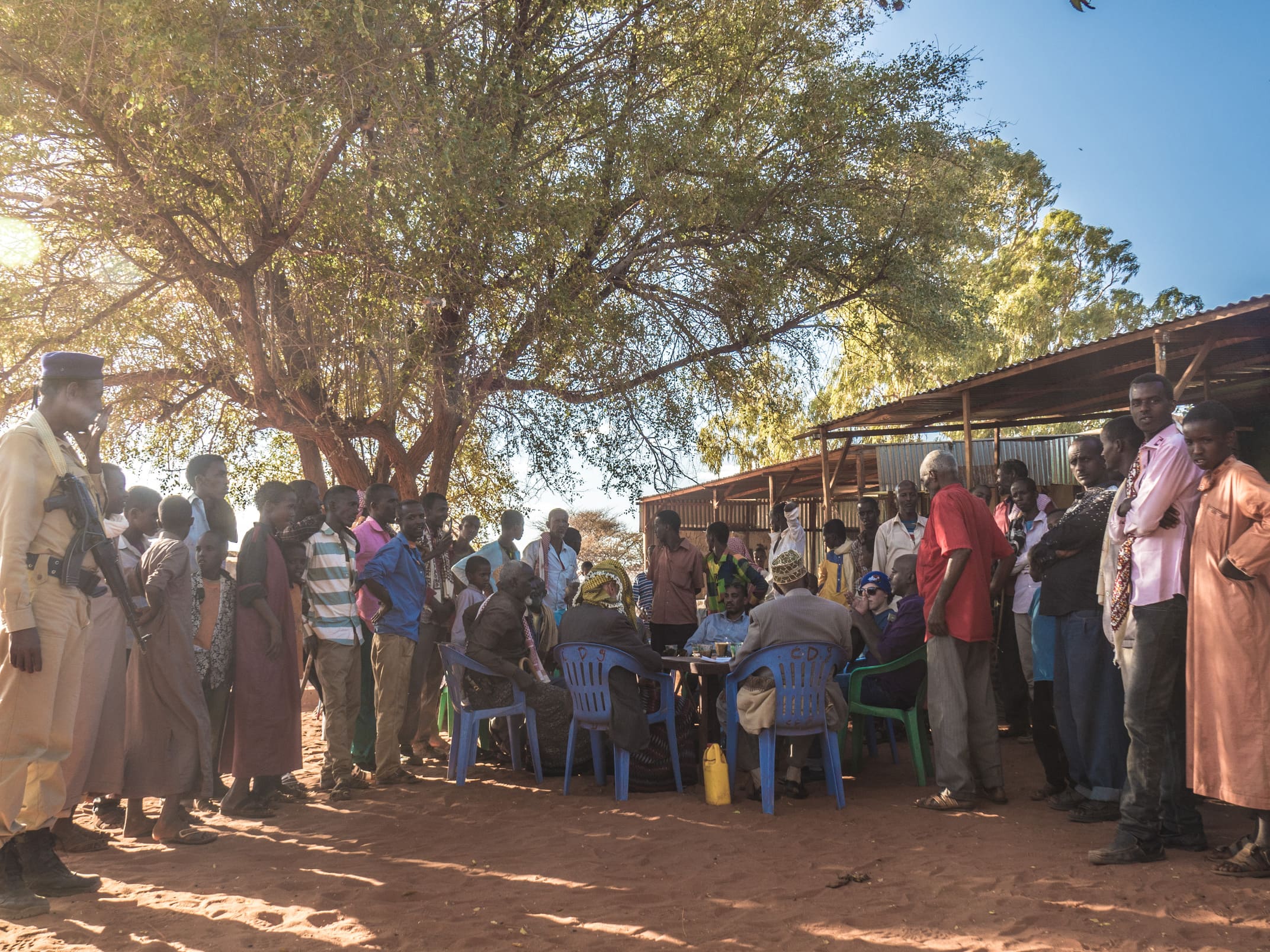
Chapter 10: Drought
Somaliland is located north of the equator and has a tropical semi-arid and therefore semi-arid climate. There are four seasons: Jilal, the winter, brings hot and dry winds without rainfall. Gu, the spring, brings heavy rainfall. Hagaa, the summer, is triggered by hot and dry monsoon winds. Dayr, the fall, is the second weaker rainy period. If Gu and Dyr are absent or the rainfall is lower, the agricultural economy fails. Pasture and water resources dwindle. As a result, livestock die, food becomes scarce and food prices rise. The consequences are malnutrition, health problems and ultimately mass migration. There were 15 severe droughts between 1960 and 2017. The worst is only in 2016/17. Throughout history, only individual regions were affected. This gave people the opportunity to simply move on with their livestock. But this year, the entire Horn of Africa, Ethiopia and southern Africa are affected by the drought. In Somaliland, 739,000 people have had to flee from the drought.
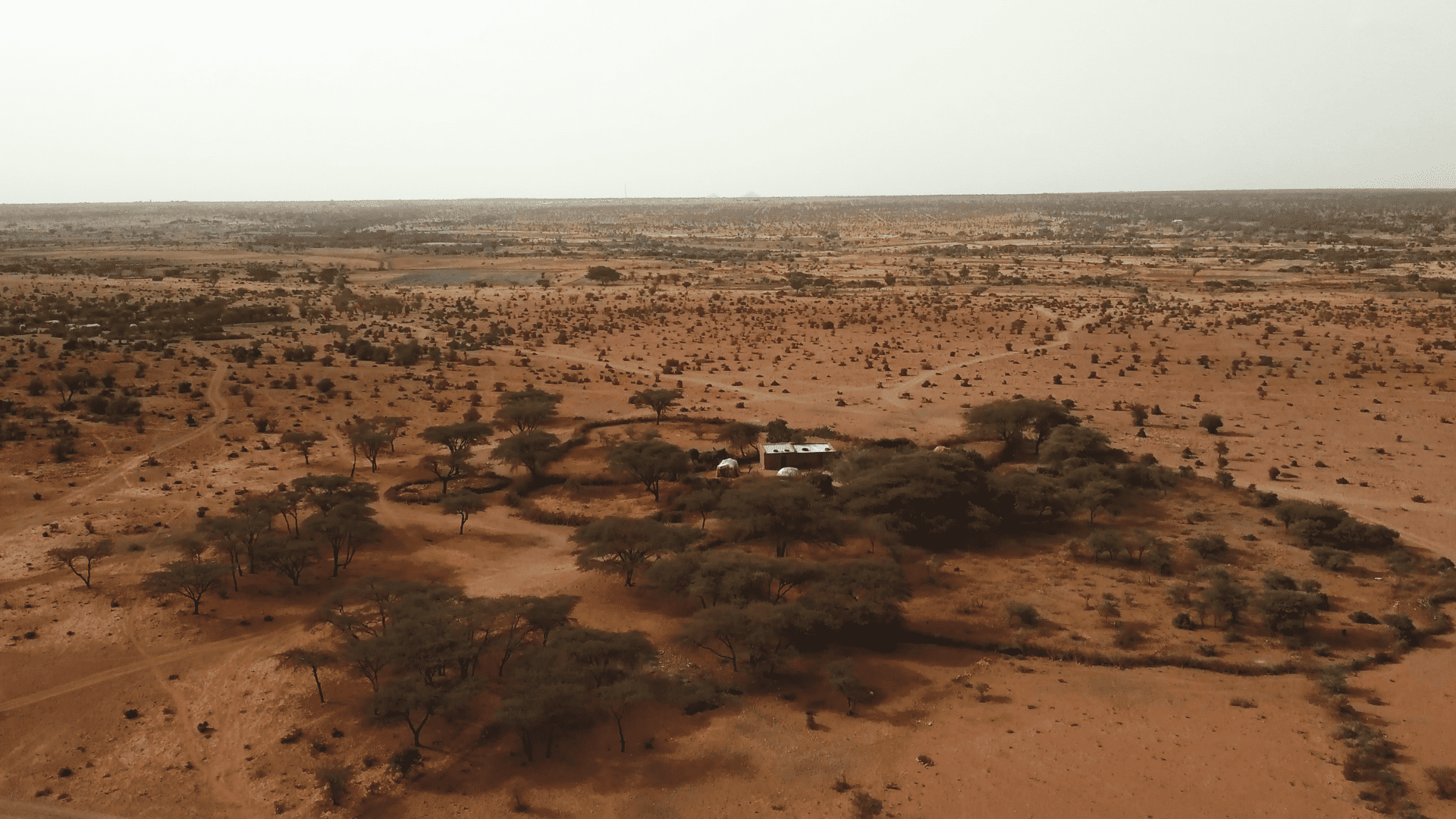
Chapter 11: Water
A conflict between two clans leads to 15 deaths and 38 injuries. The area around Ceelafwain is being fought over, more precisely over the water rights to a well. Demonstrations organized by women from both parties follow. The Minister of the Interior, Mohamed Kahin, travels to Ceelafwain for the start of the peace negotiations. Other participants in the conference are elders. Director conferences have a long and important history in Somaliland.
We arrive at the place where the peace negotiations are to be opened more by accident than by design. No one is there. The ground gets wet, then a car with fancy armchairs arrives, then one with plastic chairs, all set up in a semi-circle. The negotiating parties slowly arrive. And then, completely unexpectedly, a crowd of people emerges from a side alley - students, women and men demonstrate their way to the hearing.
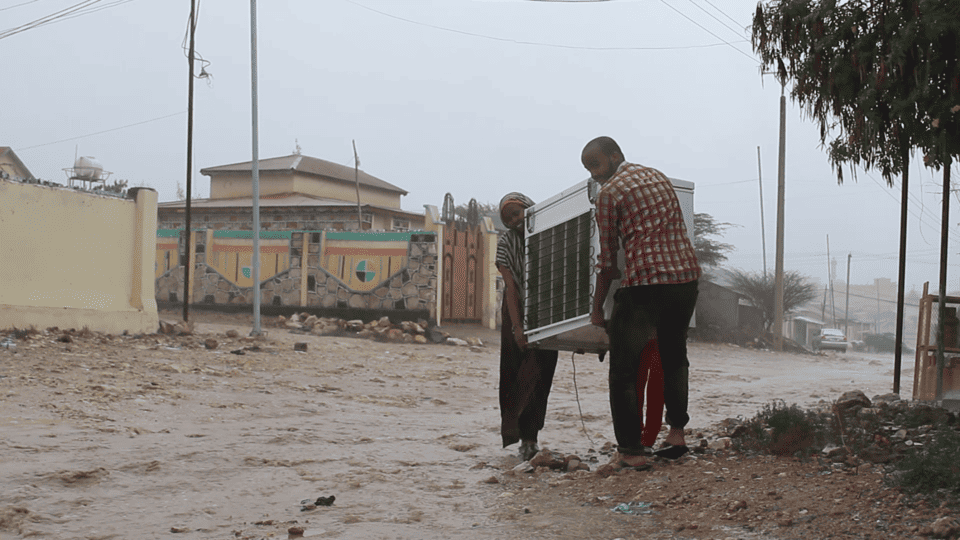
Chapter 12: Politics
Somaliland's political system combines traditional structures with Western institutions by means of a two-chamber system. There is a constitution that separates the executive, legislative and judicial branches of government. One of the chambers is the Guurti. This includes elders who are traditionally held in high esteem. The second chamber is the parliament. In 2003, the number of parties was limited to 3 in order to avoid clan-based party structures: Reunification with Somalia is not an issue for anyone.
I only really noticed this on my second trip, when my knowledge of Somaliland increased. The people who live here are incredibly well informed. “All Somalilanders are politicians,” I keep hearing. Newspapers, radio and smartphones inform everyone and make politics an all-encompassing everyday topic.
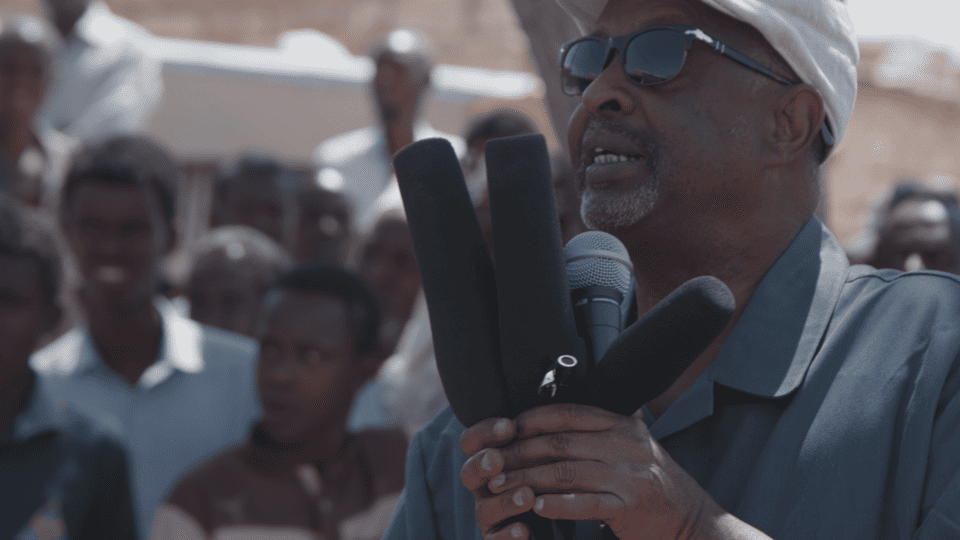
Chapter 13: Marwo & Niemco
Marwo and her granddaughter Nimco live in the countryside not far from the capital. They start their daily routine long before the sun rises. After morning prayers, they devote themselves to their chores: Preparing food, churning butter, washing dishes, milking, feeding animals and fetching water from the well - life on the small farm is characterized by such “simple” activities.
The family grows their own vegetables, but due to recurring periods of drought, the harvest is small. Their most important product is milk, which they obtain from their own sheep, goats, cows and camels - these ensure their survival. Nevertheless, they buy food such as rice, flour and sugar in Hargeisa. Their life may seem simple, but it is fulfilling - both women could not imagine a better life and although the city is so close, moving there is not an option for them.
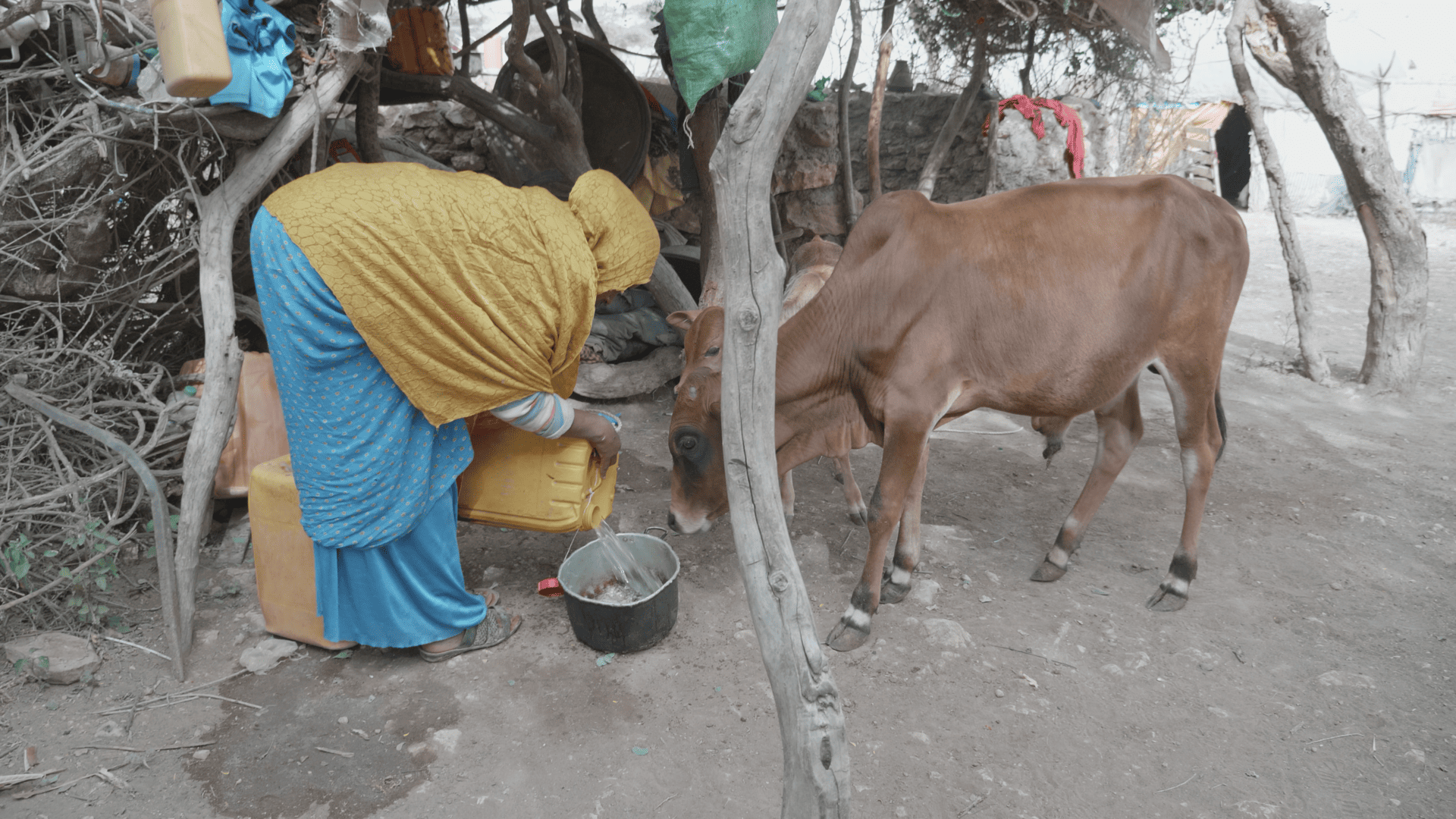
Chapter 14: Hamsa
Even before he could speak, his family fled with him to Holland, later he moved to Germany and studied there. He speaks fluent Somali, German, Dutch and English. Hamsa commuted back and forth between Germany and Somaliland for six years until he decided to build his future in Somaliland in 2018. He works in the Ministry of Infrastructure and is responsible for mediating between German and Somaliland authorities.
The biggest motivation to live in Somaliland is the way of life. Work here is mainly done in the mornings. The afternoons are mostly reserved for leisure and family. People live together, support each other and instead of living side by side, they live together. In the evening, he often goes to the “better” places where the upper class and diaspora meet. What he likes most here is that nowhere else can you meet so many people from all over the world.
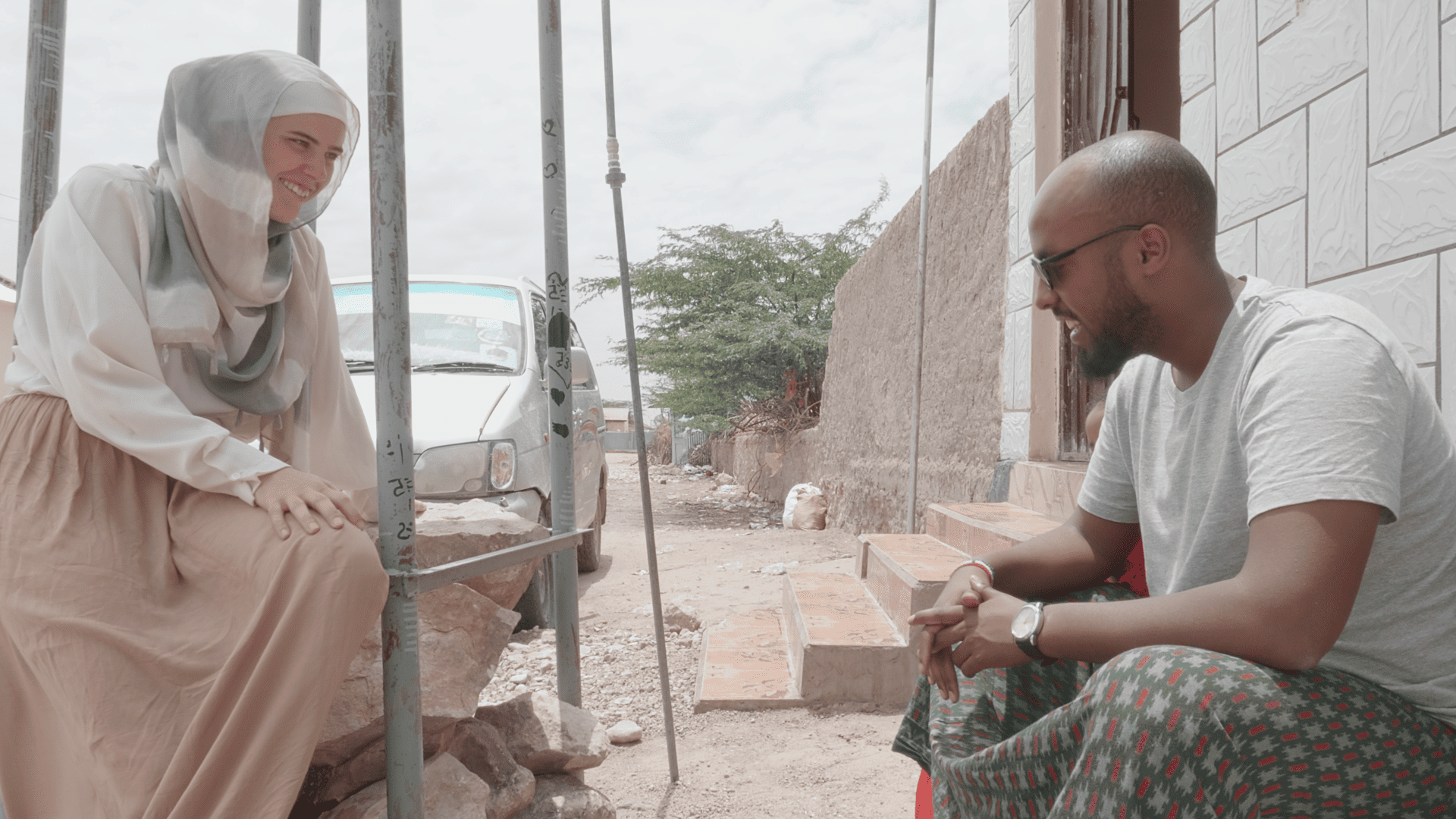
Chapter 15: Abdi
As a student, he needed a part-time job and found one in the Digaale refugee camp. Today, after completing his bachelor's degree in geology, it is his full-time job. He is responsible for getting the electricity generator up and running at 4:30 p.m. and then switching it off again at 1 or 2 a.m. in the morning. In the meantime, he has to collect the money from the electricity consumers.
Only half an hour's drive away is his “other” life in the middle of Hargeisa. He lives with his parents and siblings in a small house. At 25, he only knows peace and has been watching the city grow around him since he was very small. As a geologist, he could be useful to his country, researching soil resources and finding new sources of water, but there are no jobs in this field yet. But the rapidly growing Somaliland offers him a lot of hope.
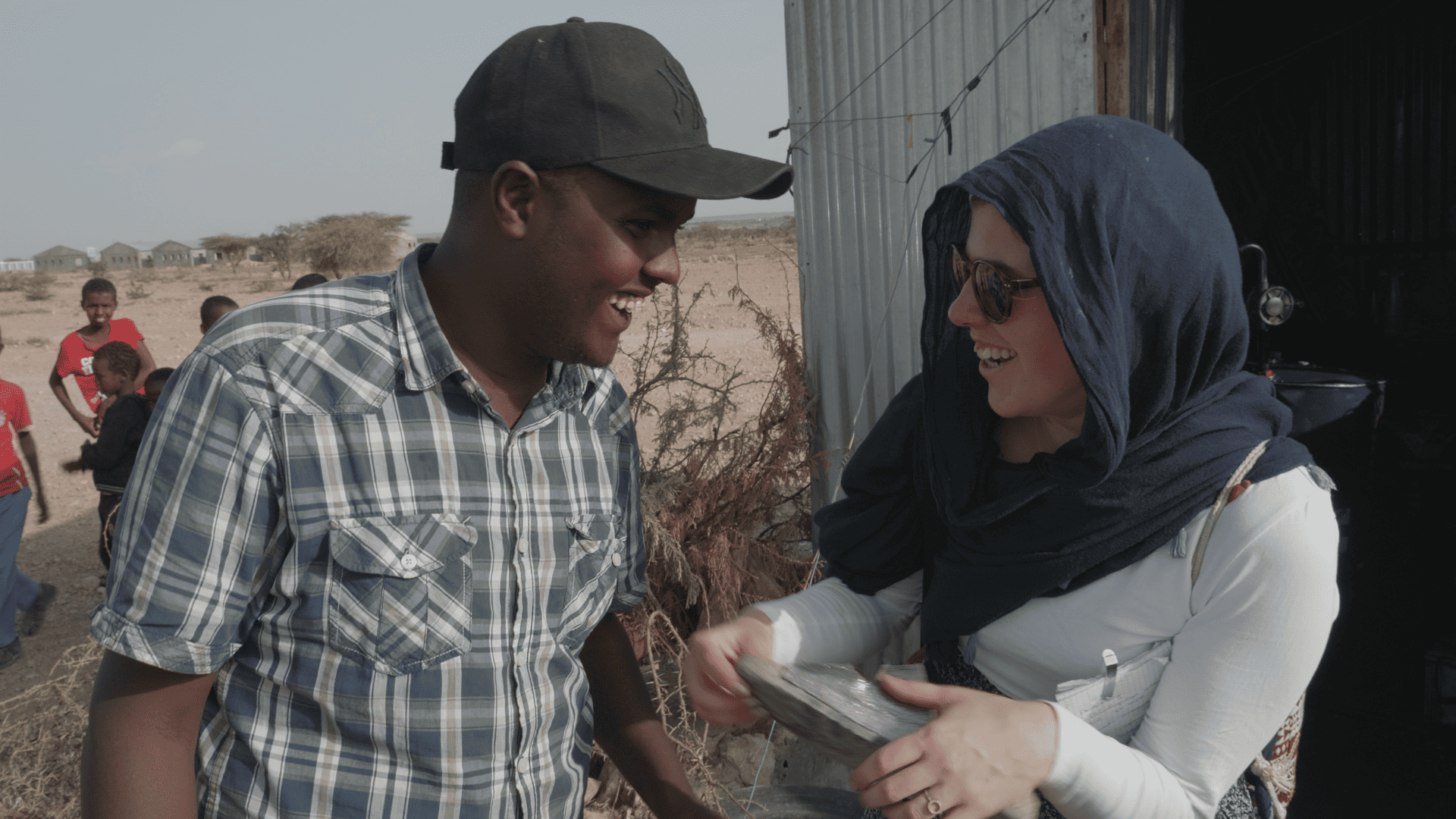
Chapter 16: Sarah
Sarah's life is limited to a few square meters. She sleeps, works and lives in and around her small store in the Digaale refugee camp together with her little nephew. The store looks like so many in Somaliland and sells tea (mostly Somali tea - tea with spices, milk and lots of sugar), bread, tomatoes, onions, canned food, washing powder and all sorts of essentials. The vegetables come from the farms not far from the camp, the bread comes from their own bakery, but for most products you have to go into town.
Sarah opens her store early in the morning. Her grandson (her nephew's son, to be precise), who lives with her, sleeps through the first hour of the morning and Sarah is busy making tea and getting everything ready. At lunchtime - between 12 and 15:30 - the store is closed. The hottest time of the day is rest time throughout Somaliland. In the afternoon and evening hours, Sarah continues to juggle between her customers and lovingly looks after her grandson.
